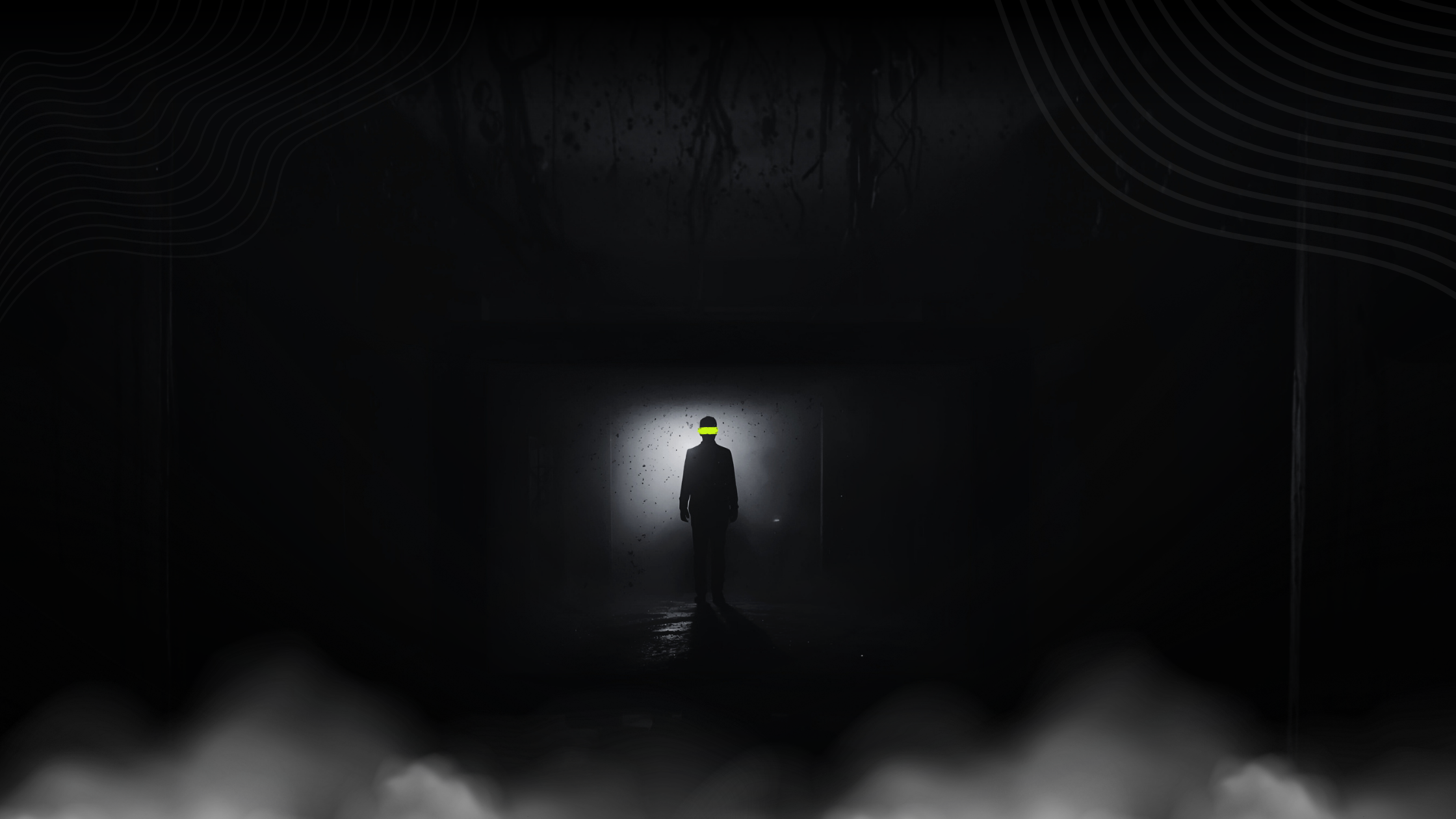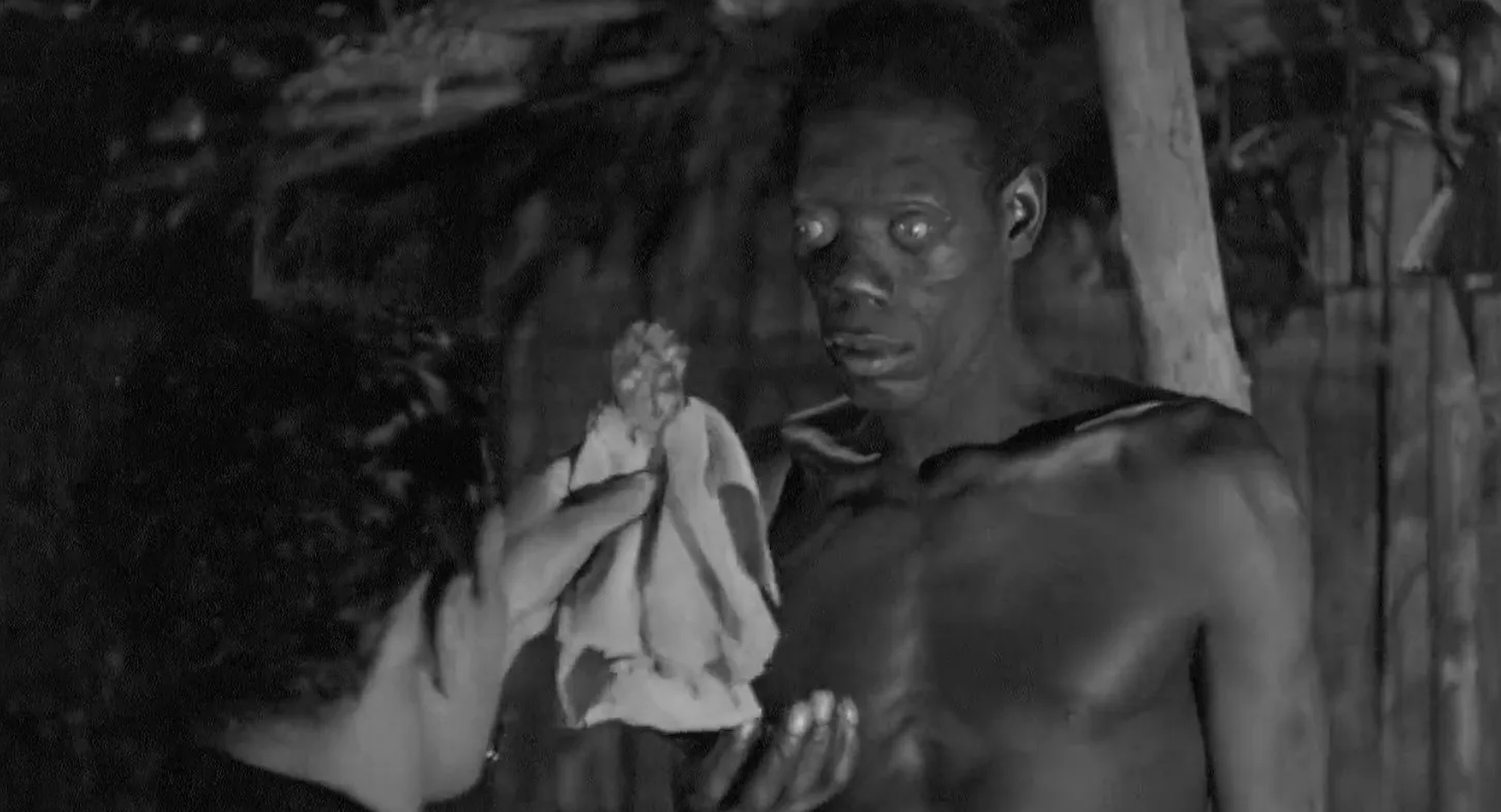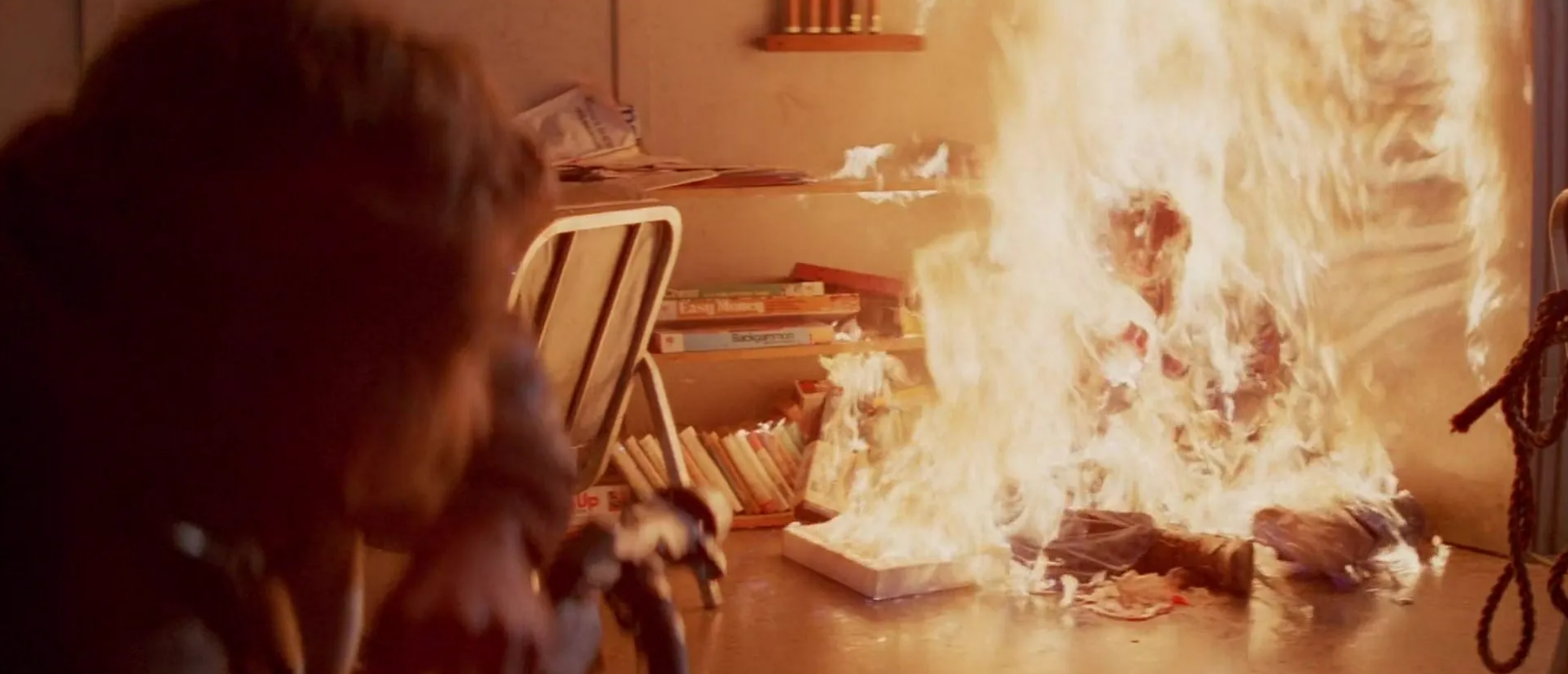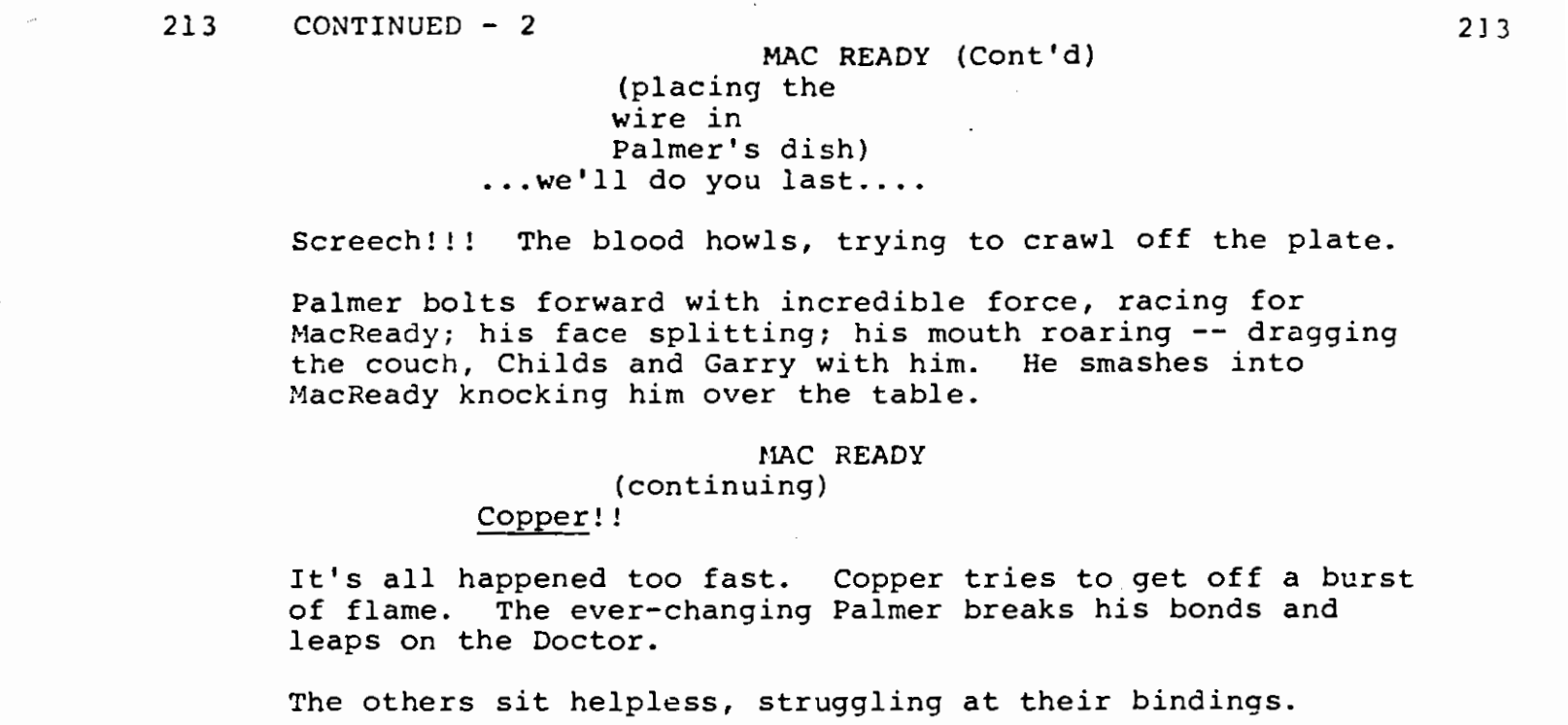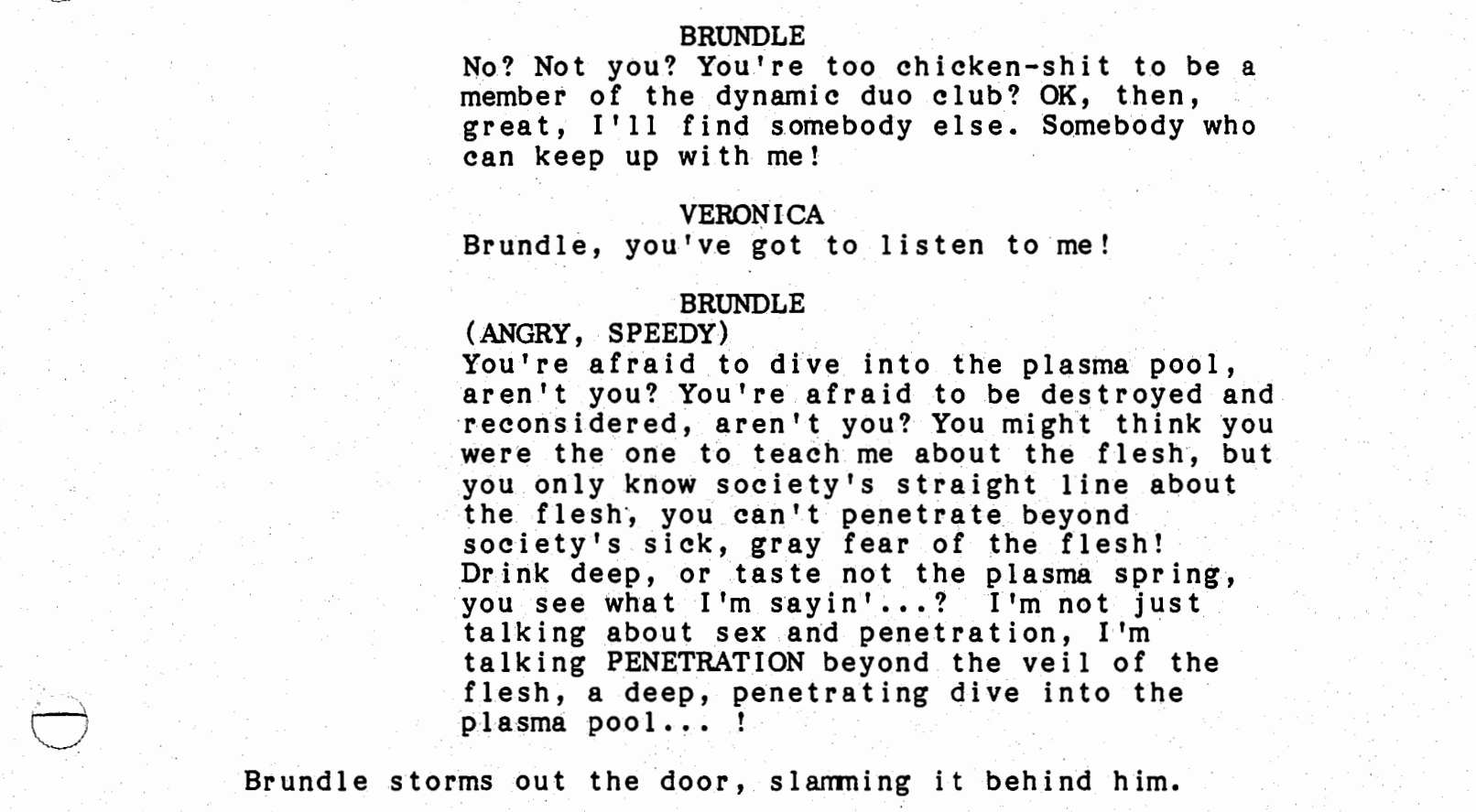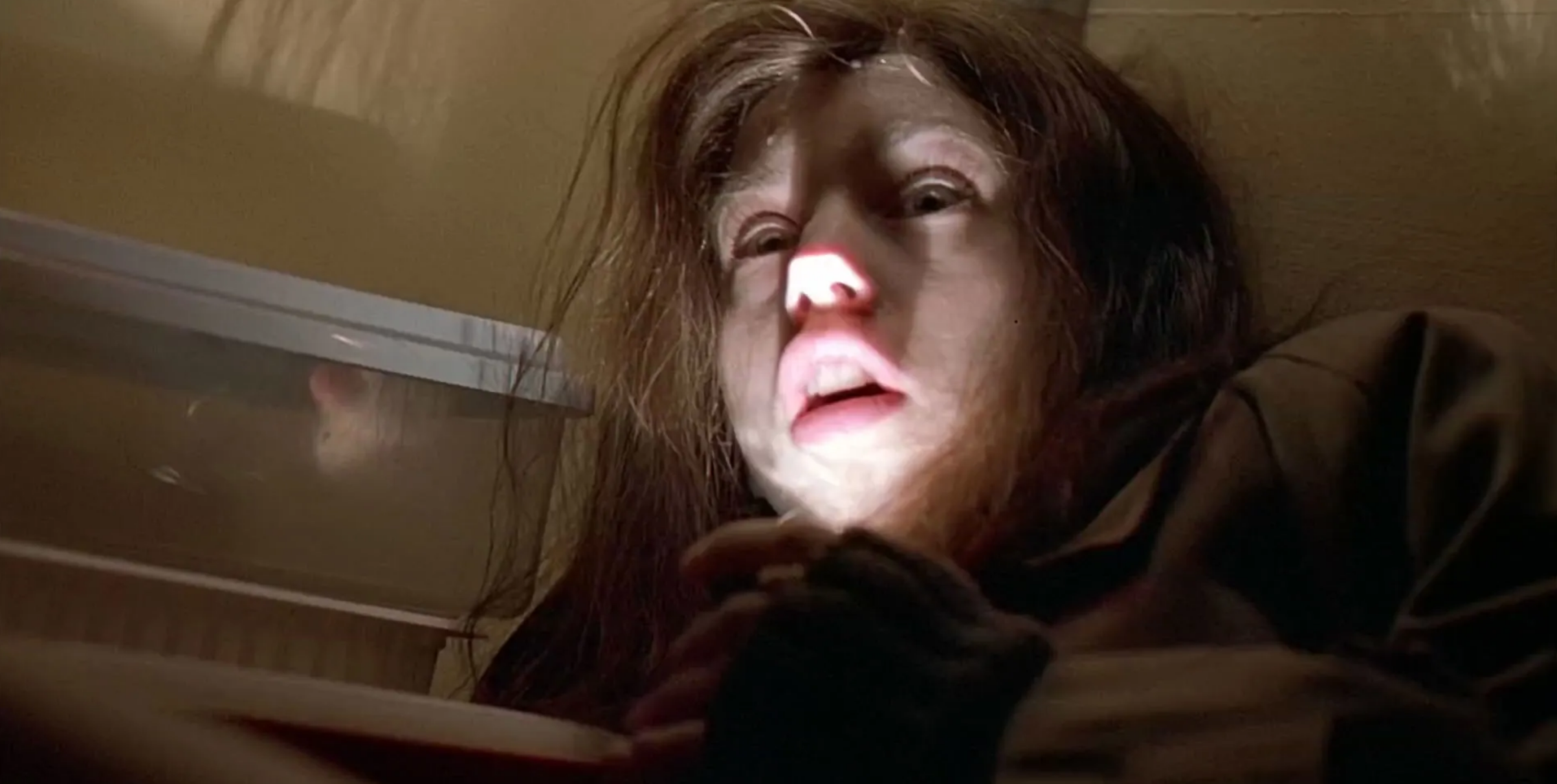A History of Horror – 13 Downloadable Horror Scripts
Here at Kinolime, we are big believers that the best way to learn how to write is to read. This Halloween season, as the veil grows thin and we begin to roll out all our favorite horror classics, we ask the question – what makes a great horror screenplay, and what direction is the genre heading?
Answering that question is the thesis of today’s blog post; let’s work our way through horror’s storied history with roughly one screenplay per decade, following trends, tropes, and directions of travel. Study these scripts and you can consider yourself a true aficionado.
I Walked with a Zombie (1943) – Curt Siodmak / Ardel Wray
A nurse is hired to care for the wife of a sugar plantation owner in the West Indies, but soon discovers the woman is in a strange, zombie-like state that may be tied to voodoo rituals.
Siodmak and Wray’s I Walked With a Zombie is often cited as one of the most influential horror films of the twentieth century. When discussing why this screenplay is so ahead of its time, you must consider that this was released 25 years before Romero’s Night of the Living Dead created what we think of as ‘a zombie movie.’
This screenplay transforms what could’ve been just another B-movie – a Gothic romance set in the Caribbean – into something haunting and poetic. The sharp script reimagines Jane Eyre as a colonial metaphor, where the ‘zombie’ acts as a symbol of historical repression and the residual effects of conquest. Read the excerpt below – does it sound like an early foray into horror or a Brontë adaptation?
Its spareness is striking and defies a bold break from the sensationalism of its era. Rather than, for instance, treating the practice of voodoo as barbaric, exotic, or inherently evil, it presents the practice with a surprising integrity and respect. This restraint showed future generations that suggestion can be more terrifying than spectacle. The script also introduced folklore and ritual as narrative texture, not mere exotic flourish but vital forces driving character and conflict – a hallmark apparent in many screenplays on this list.
Given tiny budgets and lurid titles like Cat People, legendary RKO producer Val Lewton couldn’t compete with Universal spectacles (and household names) like Frankenstein and Dracula. He developed an ethos which I still reference in my own writing whenever I can; “show shadows, not monsters”, instructing writers and directors to lean into suggestion, psychology, and atmosphere: trends you will find commonplace throughout this list.
House of Wax (1953) – Crane Wilbur
A disfigured sculptor reopens his wax museum, only to use it as a front for his gruesome murders, creating lifelike wax figures from his victims.
Unlike our first entry, House of Wax is typical of early horror; spectacle, garish 3D effects, melting waxworks, and Vincent Price’s commanding presence. But beneath the pulpy visuals lies a screenplay of surprising intelligence, compounded by moments of profound philosophy. This successfully reshapes a straightforward revenge tale into a parable about obsession, treating the titular wax museum as a stage to explore the fragile line between imitation and reality.
Wilbur excellently marries spectacle with literary craftsmanship. Professor Jarrod’s descent is elegantly charted, with dialogue that mixes flamboyant theatrical flair and psychosomatic precision. The writing also displays a masterful awareness of emerging genre conventions – toeing the line and inverting them in equal measure, maintaining tension while expanding appeal.
Peeping Tom (1960) – Leo Marks
A young man murders women, using a movie camera to film their dying expressions of terror.
Peeping Tom was incredibly controversial upon release, but now stands as one of cinema’s most audacious psychological horrors. Written by poet and cryptographer Leo Marks, the narrative explores trauma, desire, and the illicit thrill of observation. Its brilliance lies in how the screenplay turns the lens inward on the serial killer protagonist, making viewers complicit. A meditation on the ethics of voyeurism felt revolutionary for 1960, a period where films were heavily censored by the Hays Code.
Every scene is carefully measured, revealing character and motive with precision. You actually feel an ebb and flow while reading that’s reminiscent of a slow breath, echoing the nagging fear someone could be silently watching you in the dark. The writing is witty and syrupy, meaning you’re never quite sure if you should laugh or avert your eyes.
The screenplay’s pacing, careful exposition, and interplay of suspense and revelation create tension that is both intellectual and visceral – elevating the genre. Peeping Tom endures because the writing finds horror as psychological architecture, making the subject unforgettable and entirely possible in real life.
The Wicker Man (1977) – Anthony Shaffer
A puritan police sergeant arrives in a Scottish island village in search of a missing girl, who the pagan locals claim never existed.
A personal favorite and one of Britain’s most influential films, The Wicker Man is a landmark in folk horror, mixing mystery, psychological tension, and ritualistic dread with an almost operatic structure. The script succeeds because we’re fully invested in Howie’s devout Christianity – he can’t condemn local practices without confronting his own faith. Like I Walked With a Zombie, the story unfolds through an outsider’s eyes, charting a slow-motion clash of beliefs and cultural norms – respecting tradition or recoiling at otherness.
Shaffer’s dialogue often appears innocuous or even jovial, which masks a mounting sense of dread, all while the structure steadily guides us toward the story’s inevitable, horrifying climax. The genius lies in its ability to combine suspense, satire, and allegory, making the horror both intellectual and visceral. It’s sloooooooow, God, it’s slow, and you can’t look away.
The Wicker Man’s influence is evident in the way modern horror films use folklore, ritual, and community dynamics to unsettle audiences – a technique that will never truly leave the zeitgeist, as Midsommar will show us decades later. Perhaps more than any screenplay on this list, we’re shown that suspense and unease are the key to horror that has a lasting impact on both audience and industry.
Alien (1979) – Dan O'Bannon
After investigating a mysterious transmission of unknown origin, the crew of a commercial spacecraft encounters a deadly lifeform.
The 70s was a legendary decade for horror, but from the late 70s and into the 80s, horror had one of the most concentrated periods of maturing ever. As recently covered with an in-depth analysis here on Kinolime, Alien remains one of the most influential science-fiction horror films ever crafted, largely due to O’Bannon’s suspense-driven script. The beautiful ‘haiku-style’ writing transforms a simple premise into a masterclass in escalation. The screenplay shines in how it juggles characters, introducing them with distinct personalities and roles, then isolating them one by one to amplify dread. The sudden appetite for spacefaring films following Star Wars gave way for more cosmic horror, and advancements in VFX allowed for more realistic depictions when compared to the camper sci-fi entries of the 50s, like The Day the Earth Stood Still.
Alien is so enduring thanks to O’Bannon’s ability to blend science-fiction world-building with primal horror: the alien itself is a natural force, a predator whose design, lifecycle, and inevitability are revealed gradually. Dialogue is economical, and exposition is integrated seamlessly into action and environment, allowing tension to arise organically. It’s also a stylistic masterclass in presentation, greasy, dramatic, poetic at times and clinical at others. Without even accounting for H.R. Giger’s seminal designs, the script is a visual treat on the page.
Along with Halloween (1978), Alien also helped popularize the ‘final girl’ concept in horror, which became a mainstay of horror from this point on – A Nightmare on Elm Street, Friday the 13th, Scream, et al. Ripley succeeded in setting a template for strong, layered female protagonists in genre films, and O’Bannon’s screenplay became a benchmark in both horror and sci-fi genres.
The Thing (1982) – Bill Lancaster
A research team in Antarctica is hunted by a shape-shifting alien that assumes the appearance of its victims.
The Thing is one of the most influential horror screenplays of the modern era. The film relocates the Cold War paranoia of John W. Campbell Jr.’s novella Who Goes There? to a stark Antarctic outpost, where a group of men are terrorised by the terrifying prospect that any one of them may no longer be human. Lancaster’s setting is stripped of any escape outlets, anyone to seek help from, and any knowledge of what the crew are fighting: this is a barebones narrative that forces confrontations.
The script’s structure builds unease through escalating tests of loyalty and desperate attempts at verification. The scene above is an excerpt from one of the most nerve-wracking scenes in all of cinema – one that has me on the edge of my seat even on the dozenth revisit.
The organic shapeshifter premise redefined body horror and psychological horror alike, setting a template for stories where the terror lies in suspicion. Its legacy is clear in later films (see The Hateful Eight) that borrow its blueprint of confinement, mistrust, and the horror of the unseen. TLancaster’s screenplay weaponises ambiguity itself as a true monster.
A Nightmare on Elm Street (1984) – Wes Craven
A teenager must uncover the dark truth concealed by her parents after she and her friends become targets of the spirit of a serial killer with a bladed glove in their dreams, in which if they die, it kills them in real life.
Elm Street is a landmark in horror, thanks to Wes Craven’s inventive, psychologically rich script. Craven elevates the classic slasher by fusing dreams and reality, whereby antagonist Freddy Krueger strikes from within the vulnerable minds of teenagers – a concept so fun it spawned eight sequels! The screenplay excels by sustaining terror while exploring adolescent fear and fragility. Sharp structure shifts between grounded realism and nightmarish sequences blur reality and bring lucidity into question.
The imaginative premise allows the horror to feel both intimate and unstoppable, with death occurring in surreal, imaginative ways that reflect the mercurial subconscious. Craven proved that horror could be layered, cerebral, and visually inventive, and most of all – fun. You can feel the enjoyment that Craven has while writing the gory and innovative deaths. Even now, the scene where Tina is lifted to the ceiling is as shocking on the page as it was when I first saw the film at the age of thirteen.
Craven’s script established a new paradigm in horror storytelling, where the psychology of dreams can be exploited as effectively as a monster. This also marks an early, but prominent step in the shift from folk horror into urban legend focus in the 1990s.
The Fly (1986) – David Cronenberg and Charles Edward Pogue
A brilliant but eccentric scientist begins to transform into a giant man/fly hybrid after one of his experiments goes horribly wrong.
Scripted by Charles Edward Pogue and reworked by Cronenberg, The Fly transmutates another pulpy science-fiction premise into one of the most emotionally devastating horror films of its era. ‘Man becomes fly’ feels like it should be a Kafka novel from the 1910s or a TV procedural from the 50s, not something that demands to be taken seriously in 1986.
When a scientific experiment goes fatally awry, eccentric scientist Seth Brundle begins a grotesque transformation that horrifies both himself and his lover. What distinguishes this story from the competition is the stark refusal to treat the mutation as just spectacle – it’s a psychological tragedy with Shakespearean weight (and heaps of body horror).
Dialogue bounces between intimate, even tender, and grandstanding like in the scene above. Grounding the horror in human relationships makes it meaningful and interpersonal – the type of literary device that carries over into à la mode body horror like The Substance. What might have been outlandish becomes disturbingly believable because the script insists on character before concept.
The pacing is capricious: Brundle’s initial hubris slowly unravels into physical and psychological collapse. More than most of its peers, Pogue’s screenplay shows how sci-fi can channel universal fears – aging, disease, decay – yet doesn’t fail to explore broader themes like ambition, folly, and doomed love, securing its lasting impact on both horror and drama.
Candyman (1992) – Bernard Rose
The Candyman, a murderous soul with a hook for a hand, is accidentally summoned to reality by a skeptic grad student researching the monster's myth.
Folk stories stem from local culture or communities and are passed down through oral tradition. Urban legends, by contrast, are more fleeting, adaptable tales that always happen to a friend of a friend, lending them a frightening proximity to the listener. With modern technology and the internet, myths now spread instantly and adapt to reflect contemporary fears – an idea central to much of ’90s and 2000s horror.
The Ring, The Blair Witch Project, and I Know What You Did Last Summer all embody urban legend horror, but Candyman stands apart. Adapting Clive Barker’s The Forbidden, Bernard Rose fuses myth with social commentary to create something fresh and hauntingly resonant. Its terror is inseparable from the poverty, racial inequality, and systemic neglect of Chicago’s Cabrini-Green, grounding the supernatural in America’s racial history.
The dialogue blends academic curiosity, folkloric rhythm, and personal obsession, with a spiralling detective archetype protagonist in the vein of Zodiac or The Conversation. The pacing is restrained, slowly pulling the audience deeper into an ambiguous fugue. Rose transforms what could’ve been crass or exploitative into something thoughtful and unsettling – without sacrificing genuine scares.
Ginger Snaps (2000) – Karen Walton
Two death-obsessed sisters, outcasts in their suburban neighborhood, must deal with the tragic consequences when one of them is bitten by a deadly werewolf.
A rare case where the screenplay outshines the (still strong) final film, Ginger Snaps suffers from practical effects that don’t quite hold up – and not in a charming, nostalgic way. It’s a story that’s perhaps best experienced on the page and in the mind.
Karen Walton’s script is widely seen as a groundbreaking work in modern horror, merging werewolf mythology with coming-of-age drama. It stands out for using lycanthropy as a metaphor for adolescence and female rage – something I’m baffled, hasn’t been meaningfully studied prior to this. The greatest strength lies in Ginger and Brigitte, whose rich, evolving characters and relationships allow tension to rise naturally alongside their transformations.
At the turn of the century, horror was flooded with cheap digital or found-footage projects, and spectacle-driven fare. Ginger Snaps signaled a shift toward introspective horror – focusing on inner demons rather than external events or monsters. As with Peeping Tom, it suggests the monster within is latent rather than dormant. Horror became a metaphor for trauma, a trend that would inspire screenwriters and shape the genre in the following decades.
As a final note, I’ve read both Walton’s original 1996 draft and the 1998 shooting draft, and I recommend checking them out. They’re a masterclass in killing your darlings, refining what works, and showing that sometimes, simpler truly is better.
It Follows (2014) – David Robert Mitchell
A young woman is followed by an unknown supernatural force after a sexual encounter.
We explored It Follows in depth earlier this October. David Robert Mitchell’s 2014 film made waves as a fresh take on horror for the twenty-tens, nodding to classics while inverting their themes and structure. Beneath the premise of a supernatural entity passed like an STD lies a sharp meditation on mortality, guilt, and inescapable consequence. What sets it apart from other strong contemporaries is its unapologetic use of allegory, embracing rather than shying away from it.
Mitchell works backwards by providing answers before we even know the questions, working as much as a mystery as a horror. There’s minimal exposition, no clear origin for the curse, and characters are sharply drawn. Sexuality is reframed – not as transgression, like in classic slashers where the promiscuous girl always dies first – but as a melancholic metaphor for the onset of adulthood – not dissimilarly to Ginger Snaps.
From suburban decay to fond childhood locations, every scene builds a mood of creeping inevitability – the slow march of adulthood catching us all. Mitchell avoids moralising or over-explaining, giving the story a dreamlike ambiguity that lets viewers project their own fears onto its sparse framework. In this, It Follows echoes the existential tension and economy of 1970s horror while embracing Val Lewton’s “shadows, not monsters” ethos.
Midsommar (2019) – Ari Aster
A couple travels to Northern Europe to visit a rural hometown's fabled Swedish mid-summer festival. What begins as an idyllic retreat quickly devolves into an increasingly violent and bizarre competition at the hands of a pagan cult.
Midsommar is probably the screenplay my clients cite most when writing their own stories, and I’d make a strong case for it being the decade’s most influential horror. It’s a standout example that defies “showing shadows”, occurring in broad daylight, focusing on a story about grief and codependence transforming into catastrophe. The film shows how terror can thrive in blinding light when rooted in human despair.
Ari Aster’s remarkable screenplay is precise: every line feels important and every gesture fuels emotional dread. Characters are flawed, contradictory, and human. Aster frames Midsommar as a breakup story filtered through folklore, with cultural ritual serving as a metaphor for a relationship’s demise. After three urban legend–based tales, we return to the folk horror tradition of the ’40s–’70s with a bang, where anthropological study drives the narrative.
The dialogue feels deceptively natural – so much so that Act 1 barely reads as horror. Only once the story unfolds do layers of manipulation, repression, and yearning become clear. By blending grief with anthropological curiosity, Aster turns Dani’s psychological pain into a communal spectacle, making the horror intensely personal. The screenplay’s careful, cyclical themes of grief, rebirth, and sacrifice mirror the natural cycles it depicts so iconically.
Weapons (2025) – Zach Cregger
When all but one child from the same class mysteriously vanish on the same night at exactly the same time, a community is left questioning who or what is behind their disappearance.
We covered Weapons back in the early summer of 2025, before its release and box office success. Personally, I wasn’t impressed then, and the finished film hasn’t changed my view – a leopard can’t change its spots. Still, Zach Cregger’s screenplay is worth reading to track the trends and direction of contemporary horror that connects with audiences and critics alike. For many, it solidifies Cregger as one of the genre’s most daring writers.
The writing unfolds like a Rashomon-style puzzle, with multiple perspectives gradually converging, each chapter raising questions while slowly revealing answers. I praise pacing many times in this article, but Cregger’s is exceptional. Scenes often rely on implication, with exposition emerging naturally through character interaction. The script trusts the audience to piece things together, building suspense through omission.
Even the structure reflects the themes: repetition, fragmentation, and the hunt for patterns amid chaos. Cregger’s prose is lean but lyrical, confident enough to let tone and atmosphere emerge through rhythm and detail. It shows that patience can be as influential as spectacle.
CONCLUSION
So there are thirteen horror screenplays to dive into, a history of the genre, and enough to keep you busy for weeks. By the end, you’ll be ready to craft the next standout entry in the genre.
From earnest beginnings and kitschy experiments to spectacle-driven entertainment, urban legend–inspired tales, and a return to thoughtful allegory, it’s been quite a journey. What’s next for horror?

